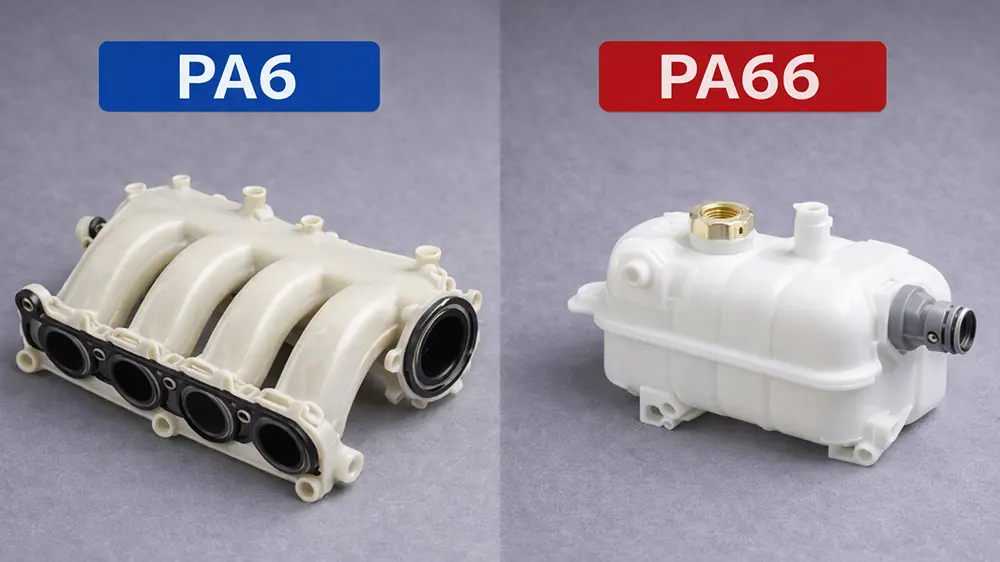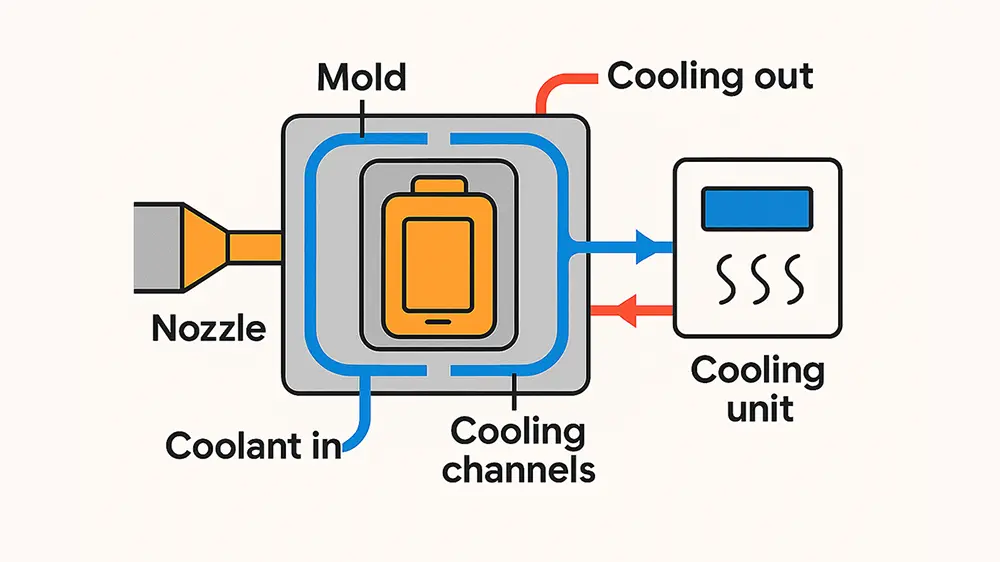Threads hold our world together. Quite literally. They play an important role in all mechanical equipment we use today, regardless of which industry they belong to, from consumer electronics to aerospace and more.
As important as a thread is, it may fail to serve its purpose if not machined according to the set design requirements.
Therefore, understanding how thread machining works, all the methods available and the considerations involved are critical in ensuring the formation of precise, functional threads that are built to fit.
This blog will cover all of that and more. So, be sure to read till the end!
What Are Threaded Holes?
Threaded holes are indentations within workpieces that contain helical crevices along their length. These helical crevices are called a threads.
Threads can either be internal or external. However, when we talk about threaded holes, we are referring to internal threads that are machined within the holes.
Threaded holes are often also called the female part of the male-female joint and serve the vital purpose of keeping screws and fasteners in place. Given the important function they serve, it is critical to design and machine them according to set standards and best practices to get the most use out of them.
How do machinists ensure precision and accuracy when it comes to thread formation? We discuss that next.
Understanding CNC Thread Machining
CNC (Computer Numerical Control) thread machining is the process machinists often leverage when forming threaded holes. As the name suggests, the thread machining process makes use of highly-precise, computer-controlled CNC process which ensures the utmost levels of thread design accuracy.
CNC thread machining involves a cutting tool and a workpiece. Depending on the method of threading being used, either the cutting tool or the workpiece (or both) rotates to create those helical crevices that give the thread its intended design.
The CNC thread machining process can be carried out using various methods involving taps, mills, lathes, and grinders. We will discuss each of these processes next.
Tapping
Tapping is probably one of the most popular CNC thread machining processes that is mainly used to create internal threads or what we call threaded holes.
Since tapping involves the tool, called a tap, going inside a hole and threading it from the insides, it requires drilling a hole into the workpiece. The thread is then tapped into this hole.
The drilled hole in this case must match the diameter of the required, finished thread. For that matter, the diameter of the tap used to machine threads must be the same as the diameter of the hole to be able to cut helical crevices within it.
This type of thread machining is best applied when you need to form threads within holes of smaller diameters.
Thread Milling
Thread milling is another CNC thread machining process that can be used to create threads within a workpiece. The notable feature of thread milling is that it can create threaded holes or internal threads while maintaining limited contact with the workpiece.
In thread milling, the cutting tool rotates within the hole touching the walls of the hole and forming threads.
How is this different from tapping?
The main difference between tapping and milling is the difference in diameter of the thread and cutting tool. In thread milling, the diameter of the cutting tool is smaller than that of the hole. This is to give the tool enough space to rotate within the hole and do its job.
Another difference between tapping and milling is that while tapping is often preferred for smaller diameter holes, milling can be done on bigger holes.
Milling also allows for the necessary clearance to evacuate the removed material from the hole, something that may be difficult in tapping.
The Different Types of Threaded Holes
There are many design considerations that you need to account for and requirements you must adhere to if you want to machine the right thread. And that starts with understanding and knowing the type of thread you need to machine.
There are two simple types of holes that we often come across when machining threaded holes. These include:
Blind Holes
Blind holes are closed off at the bottom. In other words, this type of threaded hole is not drilled through the entire thickness of the workpiece and only goes to a certain depth.
These holes may have a cone-shaped or a flat bottom, depending upon the design requirements. You may have to use different types of mills depending on the type of bottom finish you are aiming for.
Through Holes
Through holes are the exact opposite of blind holes. They extend through the length of the workpiece which means both ends of the thread are open. In other words, the hole that you form thread into has two openings, one on both of its ends.
The length of the tap or cutting tool is of utmost importance when drilling these types of holes. This is because a smaller cutting tool may not be able to drill through the entire length and leave you with an unwanted blind hole.
Precautions for CNC Thread Machining
If you look at a thread and screw system, one thing you would soon realize is that thread formation processes have very tight tolerances and no margin for error. One small mistake may result in your thread being too inaccurate to be functional.
Therefore, you must take certain precautions before you move forward with your next thread machining project. We have outlined them below:
Hardness of the Material
Working with a harder material may require a different set of machining parameters. When you are machining a thread within a hard material, you may have to use greater force to make sure you can drill through it. Therefore, considering the hardness of the material before deciding the force of attack and other crucial variables holds utmost importance.
Maintaining Standard Sizes
There are three popular, internationally recognized standards when it comes to thread machining. These include the British Standard, the American Standard, and the Metric Thread (ISO) Standard.
You have to ensure accuracy with relevant standards to machine threads that are functional.
Choose the Right Tools
The choice of the tool you use to machine thread holes in your workpiece would depend on a lot of factors like the type of thread you are looking to make. For example, you can use a conventional drill when drilling conical blind holes and an end mill when drilling a flat-bottom hole.
Make sure you go over your design thoroughly and choose the tool accordingly to ensure a smooth thread machining process.
Threading on Angled Surface
An angled surface may be more challenging to thread on since your cutting tool may be at risk of sliding down or breaking under stress while machining on a slope. In this case, you can consider milling a pocket first to flatten the surface a little and then proceed with threading.
Infeed Method of Operation
Infeed defines how the cutting tool comes in contact with and is inserted into the workpiece during thread machining.
There are three core types of infeed methods of operation, including:
- Modified flank feed: The cutting tool goes in at an angle. This method is normally used for larger threads.
- Incremental infeed: The cutting tool oscillates from side to side. Incremental infeed is best suited for machining large-pitched threads.
- Radial infeed: The cutting tool enters the workpiece radially. This infeed method is the easiest to execute but may present some drawbacks like increased tool wear.
You must understand your design requirements and thread applications and functionalities thoroughly before deciding on the type of infeed method you want to leverage.
Conclusion
Thread machining requires unparalleled accuracy and precision, which is why CNC machining is often the preferred process for it.
Within CNC thread machining, multiple methods can be used for thread formation. However, thread tapping and milling are two of the most popular methods used for machining threaded holes or internal threads.
Since thread machining has tight tolerances, it comes with a set of precautions that must be taken before you start the process.
Make sure you understand the hardness of the material, the type of tool needed, and the standards the threads must align with before the tool hits the workpiece.
Also, consider revisiting your machining process if you are making threads on an angled surface since this may present challenges that are unlikely to appear when threading on flat surfaces.





